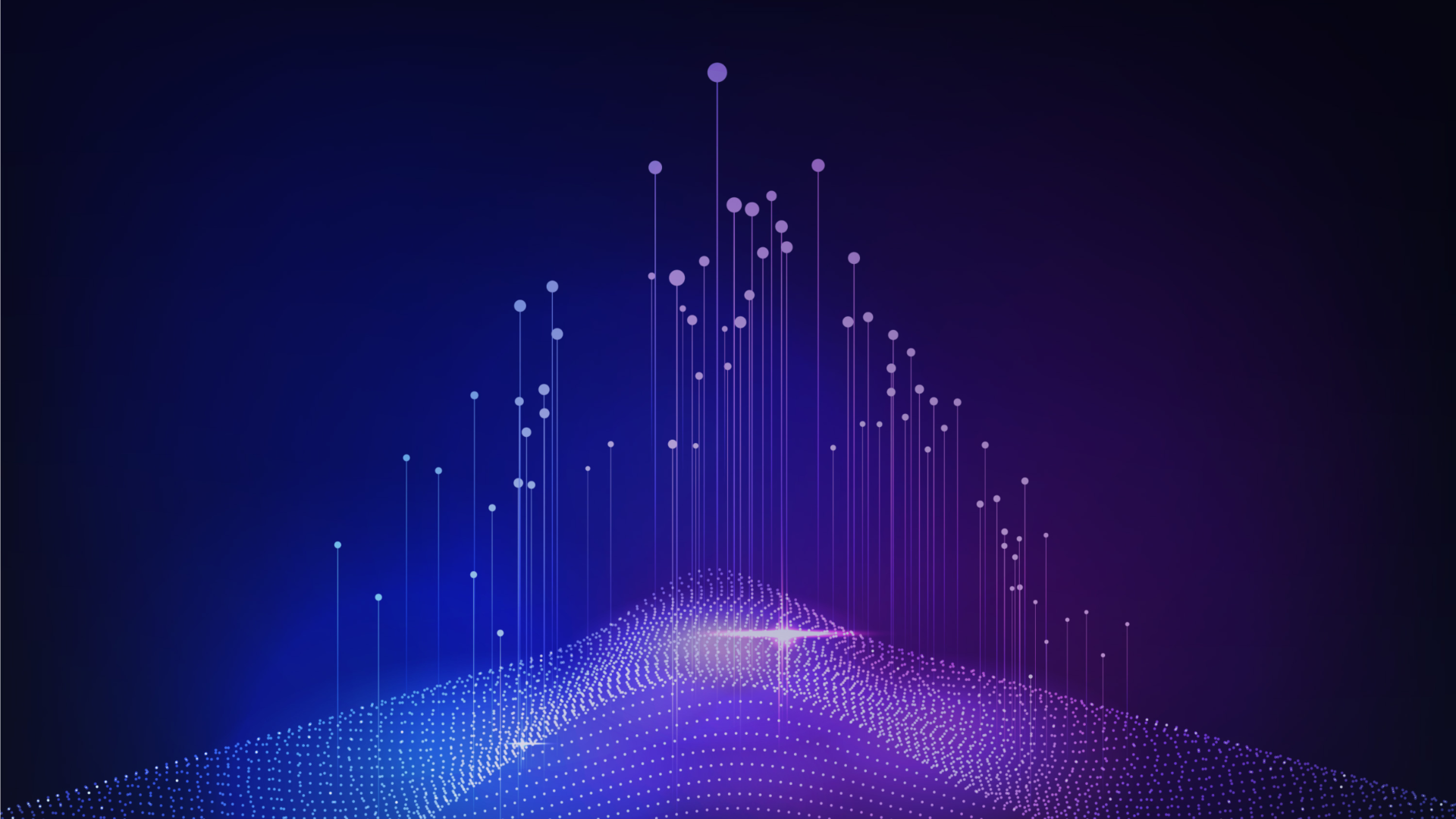
July 15, 2021
The role of big data analytics in agriculture
Author:

CEO & Co-Founder
Reading time:
5 minutes
When you think about big data analytics, agriculture is not the very first sector of business that comes to mind. However, we believe that big data in agriculture can be a real game-changer! Especially because farmers and growers deal with a lot of big data in agriculture sector these days.
According to Talend, the adoption of data analytics in agriculture will grow to a whopping 1,2 billion USD by 2023[1]. This means that the entire industry has already discerned the potential of big data, and companies operating in this sector are determined to make the most of it.

That’s not surprising, given that data analytics has everything it takes to improve the operation of agriculture companies, and big data in agriculture is a vast source of knowledge and information that simply waits to be explored. That’s why agriculture companies more and more frequently use Big Data Consulting Services and Data Analytics Services. And speaking of big data, we want to show you four crucial areas where big data in agriculture comes in handy.
How big data transforms the agricultural sector
Production maximization
The very first (and most important) facet is work efficiency. You see, farmers more and more frequently use big data in agriculture to assess weather and soil conditions (i.a. rainfalls, water usage, pesticide and fertilizer usage, optimal harvesting time, etc.) in order to get maximum productivity from the land they cultivate.

Here, technologies based on the Internet of Things (IoT) are indispensable. Today, IoT devices are a more and more common sight on modern farmlands and catteries. IoT sensors can be used in:
- Tractors and loaders
- Seeding equipment
- Sprayers and applicators
- Plants
- Animal cages
- And even the soil itself
As the world population continues to grow, the agricultural sector struggles to make the most of existing farmlands. Every year, we need more food. Therefore, using big data in agriculture is actually the most straightforward and efficient way to achieve this goal.
It may be interesting for you: Big Data in Manufacturing
Supply chain management
Today, no farm is a lonely island. Each of them plays a significant role in the supply chain that comprises such companies and elements as:
- Farms
- Logistics companies
- Manufacturers
- Wholesalers
- Retail stores and supermarkets
So, with big data in agriculture sector, companies can optimize food delivery, reduce transportation time, and even maintain the optimal production volume.
Pesticides and fertilizers
Whether you like it or not, modern farms are filled with chemicals used to protect and support crops. Farmers all over the world use pesticides and fertilizers to ensure that when the harvesting time comes, there will be plenty to reap.
However, pesticides and fertilizers can be dangerous when not used properly, to the soil and to plants alike. That’s why effective but also ethical and safe usage of these chemicals is of paramount importance.

Moreover, there are specific regulations and guidelines when it comes to chemicals used on farms. Some of them come from regulatory bodies (such as the U.S. Department of Agriculture), and some come directly from manufacturers.
With big data in agriculture, farmers can make sure they use precisely the right amount of these substances that violate any legal regulations or threaten the crops. On the other hand, the profitability of your farm goes up, as your plants and animals are free from weeds, insects, and various diseases.
Equipment optimization
In our article about AI in aviation, we told you about predictive maintenance. It’s a fascinating subpart of
AI and data science that allows you to:
- Keep your farming equipment in top quality
- Maintain every vehicle and every machine according to manufacturer’s guidelines
- Predict potential glitches and problems even before they occur
As a result, you don’t have to worry about downtimes due to your equipment’s failures. Modern farms that utilize data science have constant insight into every critical machine and device to make sure it’s fully operational when needed. This is how John Deere uses big data analytics in agriculture.
Furthermore, they’ve even designed a special IoT solution for row units that can work out the pressure being put on seeds as farmers plant them. Based on the insight provided by these sensors, farmers can easily adjust pressure and spacing between seeds. Also, John Deere made sure that all data collected by their sensors is stored and sent to the cloud[2].
At Addepto, we specialize in everything data-related. Whether you need help with data analytics or simply want to start using big data in your company more effectively, we are at your service! Drop us a line!
References
[1] Talend.com. Big Data and Agriculture: A Complete Guide. URL: https://www.talend.com/resources/big-data-agriculture/. Accessed July 10, 2021.
[2] Internet of Business. com. John Deere turns to IoT to make smart farming a reality. URL: https://internetofbusiness.com/john-deere-turns-iot-smart-farming/. Accessed July 10, 2021
Category:




